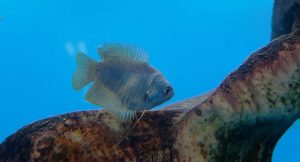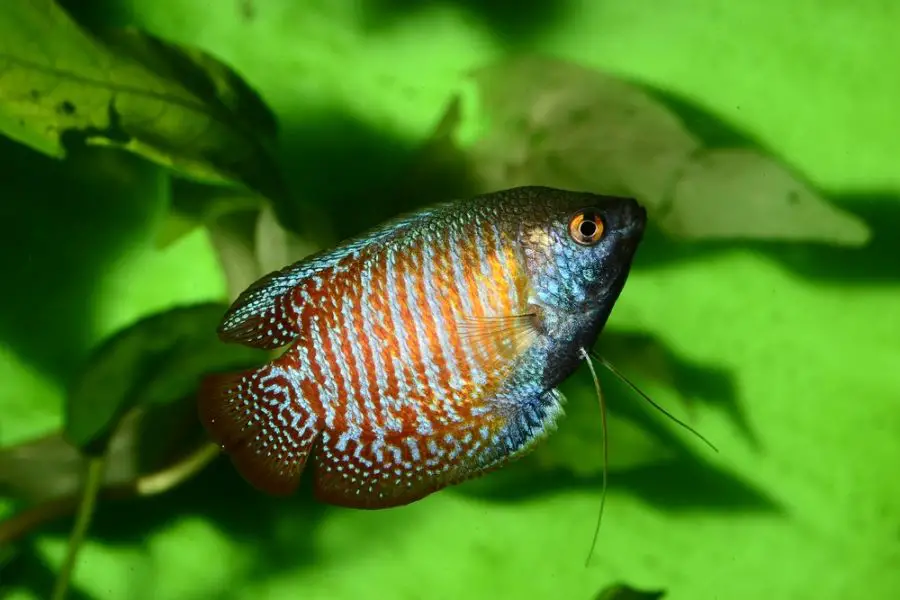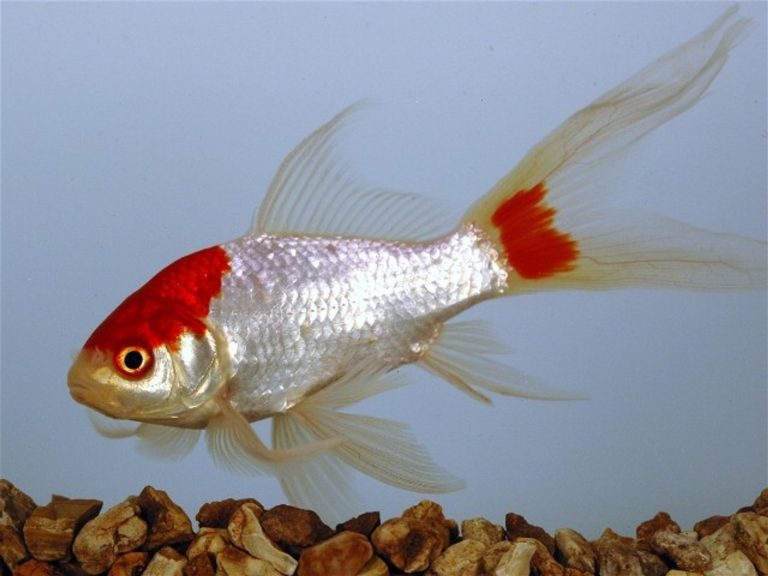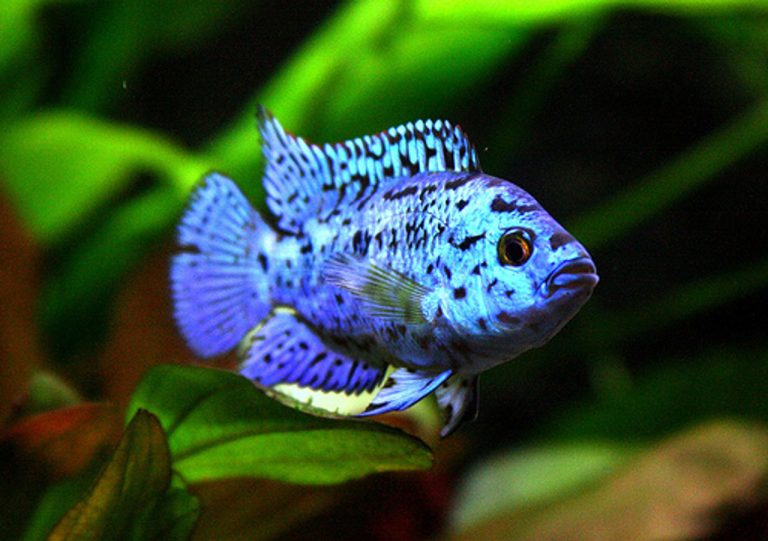Why Do Gouramis Have Whiskers
Why Do Gouramis Have Whiskers?
If you’re a fish enthusiast, you may have come across gouramis in your quest to build the perfect aquarium. These small, colorful fish are known for their unique features, including their distinctive whiskers. But have you ever wondered why gouramis have whiskers? In this article, we’ll explore the fascinating reasons behind this intriguing adaptation.
Gouramis, also known as labyrinth fish, belong to the family Osphronemidae. There are various species of gouramis, each with their own unique characteristics. One common trait among many gourami species is the presence of long, thread-like extensions on their upper lip. These extensions, often referred to as whiskers or barbels, serve several important purposes for these fish.
The whiskers of gouramis, which are actually sensory organs called barbels, play a crucial role in helping these fish navigate their environment and locate food.** Just like the whiskers of a cat or mouse, the barbels of gouramis are extremely sensitive to touch. This sensitivity allows gouramis to detect subtle changes in their surroundings, including the movement of potential prey or predators.
The barbels of gouramis contain specialized cells called neuromasts. These cells are responsible for sensing vibrations in the water. When a gourami’s whiskers come into contact with an object or detect movement in the water, the neuromasts send electrical signals to the fish’s brain, providing important information about its surroundings.
Why Do Gouramis Have Whiskers: A Closer Look
1. Finding Food
One of the primary uses for gouramis’ whiskers is in locating food. Gouramis are omnivorous fish and will eat a variety of foods, including small insects, invertebrates, and plant matter. The whiskers allow gouramis to sense the presence of potential food sources, even when visibility is poor.
For example, if a gourami is searching for food among vegetation or in the dark corners of an aquarium, its barbels act as an extension of its sense of touch, helping it navigate and locate food items that it may not be able to see.
2. Detecting Predators
Just as whiskers help gouramis find food, they also serve as an early warning system for potential predators. Gouramis are small fish that can fall prey to larger, more aggressive species. Their whiskers allow them to detect the movements and vibrations created by predators in the water, giving them a chance to escape or hide before it’s too late.
By relying on their highly sensitive whiskers, gouramis can react quickly to potential threats and increase their chances of survival.

3. Navigating Their Environment
In addition to helping gouramis find food and avoid predators, their whiskers also assist with navigating their environment. Gouramis are known for inhabiting shallow, densely vegetated areas, such as ponds, swamps, and slow-moving rivers. These habitats can be challenging to navigate, especially for a small fish.
The barbels of gouramis allow them to feel their way through these complex environments, ensuring they can move through the vegetation without getting entangled or injured. This adaptation is particularly important during breeding season when male gouramis build bubble nests and need to navigate carefully to protect their offspring.
Frequently Asked Questions
1: Are all gouramis born with whiskers?
Yes, all gouramis are born with whiskers, or barbels, present from a young age. These barbels continue to grow as the fish matures, allowing them to fully develop their sensory capabilities.
2: Can you trim a gourami’s whiskers?
It is not recommended to trim a gourami’s whiskers. Their barbels play a vital role in their survival and overall well-being. Trimming or removing the whiskers could lead to stress, difficulty in finding food, and increased susceptibility to predators.
3: Do male and female gouramis have the same size whiskers?
In general, both male and female gouramis have whiskers of similar size. However, there can be slight variations between individuals of different species and even within the same species. It’s important to note that the size of the whiskers is not a reliable indicator for determining the sex of a gourami.
Final Thoughts
Gouramis are fascinating fish with their unique whiskers, or barbels, that serve a vital purpose in their survival. These sensory organs help gouramis find food, detect predators, and navigate their environment. By understanding the significance of these whiskers, fish enthusiasts can gain a deeper appreciation for the incredible adaptations that allow gouramis to thrive in their natural habitats.
So, next time you find yourself marveling at the whiskers of a gourami, remember the important role they play in the lives of these captivating fish. Their whiskers are not just a decorative feature but a remarkable adaptation that allows them to thrive in their aquatic world.






